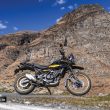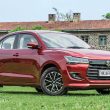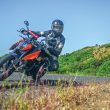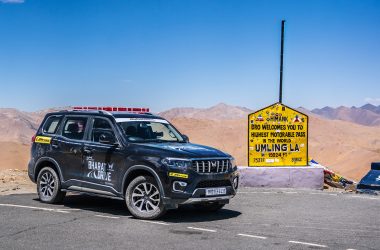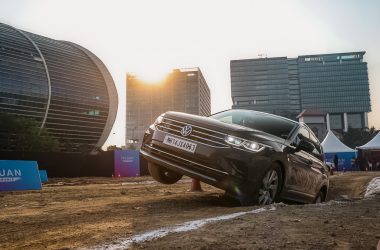Photography: Vaibhav Dhanawade, Siddhant Gadekar
The Oxford dictionary defines ‘Retro’ as the act of using styles or fashion from the recent past. While retro fashion has been in vogue since the early nineties, it is during the past decade that retro motorcycles have taken over. They are quite the craze today, even amongst the younger lot. It’s interesting as the retro theme has always surfed on the wave of nostalgia, a feeling the millennial generation are not quite familiar with. A good example is the popularity of Stranger Things, a Netflix-series set in the 80s, with the under-30 crowd; somehow, it’s quite popular with a generation born after the 80s. Fascinating, isn’t it? The two-wheeler world is not much different, with retro-styled motorcycles being one of the fastest-growing segments, not just in India, but around the world. That said, today’s young motorcycle enthusiasts are a discerning crowd, they want to have their cake and eat it too. So, retro motorcycles need to have the old-school looks alongwith the dynamics and performance of modern motorcycles, to suit the younger audiences. Anyone who has ridden a drum-brake-equipped old bike to 100kmph has seen their guardian angels, standing by the side of the road helplessly, frantically waving at them to slow down – that just won’t cut it today.
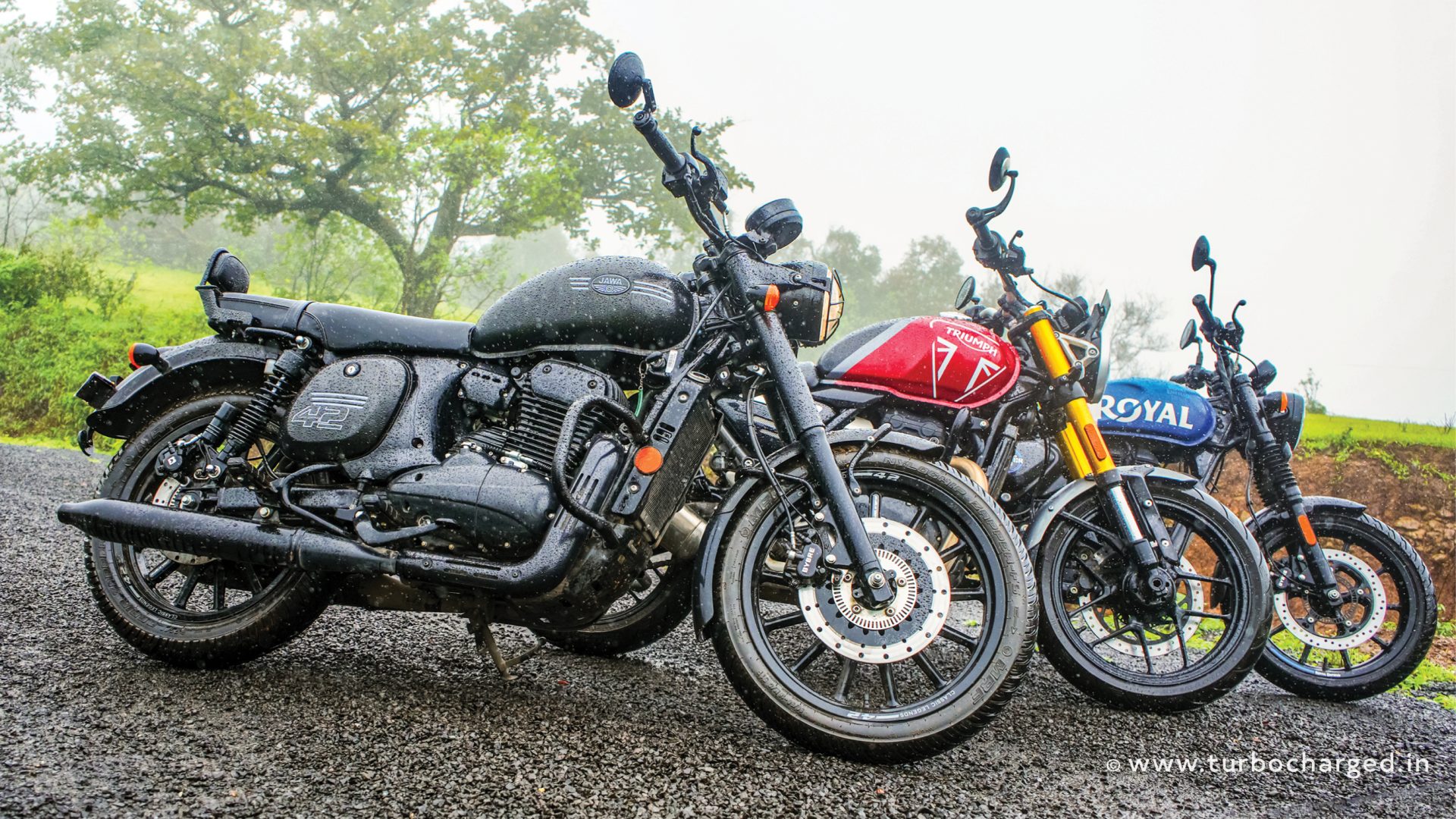
There are a few retro motorcycles that cater to this younger generation and we brought three of them together to understand the trend better. This trio comprised the Royal Enfield Hunter 350 Metro, the Jawa 42 and the Triumph Speed 400. Three motorcycles built on the same ethos but offering a unique charm of their own.

Let’s begin with the Royal Enfield Hunter 350 – a motorcycle that captured my attention the day I joined TURBOCHARGED, as it was a longtermer parked at the office. The Hunter has a beautifully sculpted tank with knee-recesses, a curvy seat, and a small round tail lamp with a round headlamp – Royal Enfield knocked it out of the park in the design of the Hunter. A low seat height, and the slightly rear-set footpegs combined with an upright and wide handlebar, make the Hunter comfortable for a wide variety of riders as well. On the other hand, The looks of the Jawa are spot-on for that old-school vibe. The tear-drop fuel tank and the low, wide handlebar make the stance decidedly old-school, but the square-ish tail lamp looks a tad out of place. The 42 has the ignition key slot located on the side and a separate handle-lock which, while taking away from the convenience a smidge, adds oodles of retro charm! The design of the Triumph Speed 400 though, follows in the footsteps of its big brother – the Speed Twin, with the same overall stance – even the speedo needle is white and the drive chain is on the right side – both Triumph signature touches. The riding posture feels just right, a sentiment echoed by both Ben and Ritesh – one being shorter and the other, taller than me.

The Hunter’s USP is its ability to make you feel instantly comfortable – even if you have never ridden this motorcycle before. That quality makes the Hunter 350 one of the best beginner retro motorcycles out there, I feel. Add to that the unflappable stability and the nimbleness thanks to the modern 17-inch tyres and a plateau of torque you crest like a surfer on a neverending breaker – your smile becomes wider and wider inside your helmet until your jaw hurts! The fact that Royal Enfield managed to free up some extra sound from the J-Series engine for the Hunter just adds to the experience. I am just nitpicking here, but the clutch is still pretty heavy, though much better than older Enfields, and the tyres could be better.
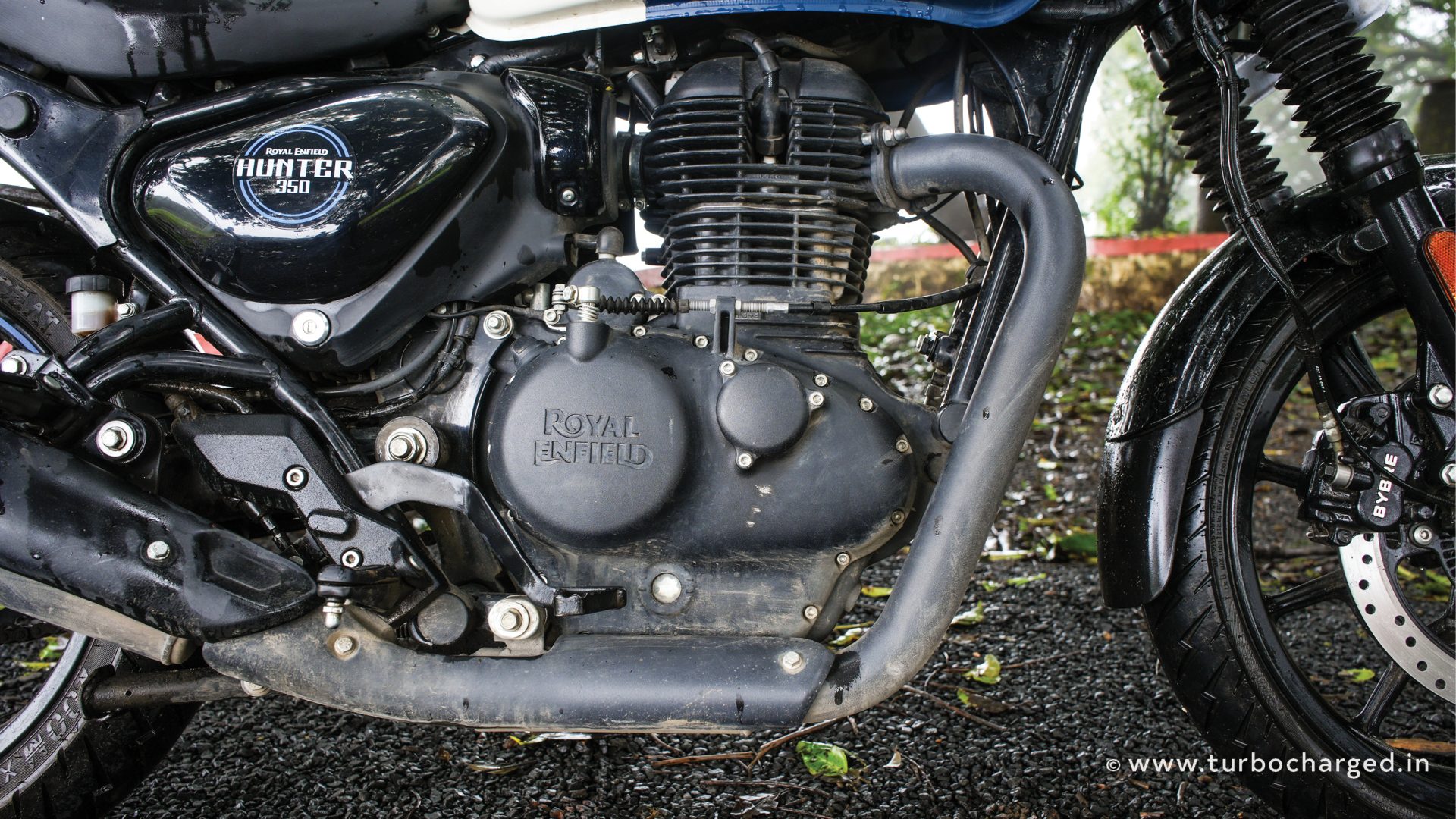
Once we reached the hilltop viewpoint, we sat down at one of those roadside tea stalls and tried to warm ourselves up with some hot Maggi and chai. Despite the weather trying its best to play spoilsport, the fresh, earthy, rain-soaked air lifted our spirits. I had been eying the Jawa 42 for a while, particularly the sound of its exhaust on closed throttle, so I asked Ritesh to switch bikes with me, and got the keys of the Jawa from him.

Fire the Jawa up, and a soft burble greets you with the twin exhausts puttering away in harmony. The clutch is light and while the rear suspension feels a bit stiff at times over the pockmarked Ghat roads, the other old-school element, the 18-inch tyres add a dash of extra stability. The Jawa is happiest at middling speeds be it on the highway or in the city; though it will hit the tonne effortlessly, it will also let you know that you are missing the point of the bike. But cruising on it, occasionally closing the throttle to hear the glorious pops from the twin exhausts, you feel everything’s right with the world.

The Jawa takes you back to a simpler, unhurried period in time with a heady dose of nostalgia in just the right places. But other than that, it is thoroughly modern, with sorted dynamics a beginner would feel comfortable with at once.
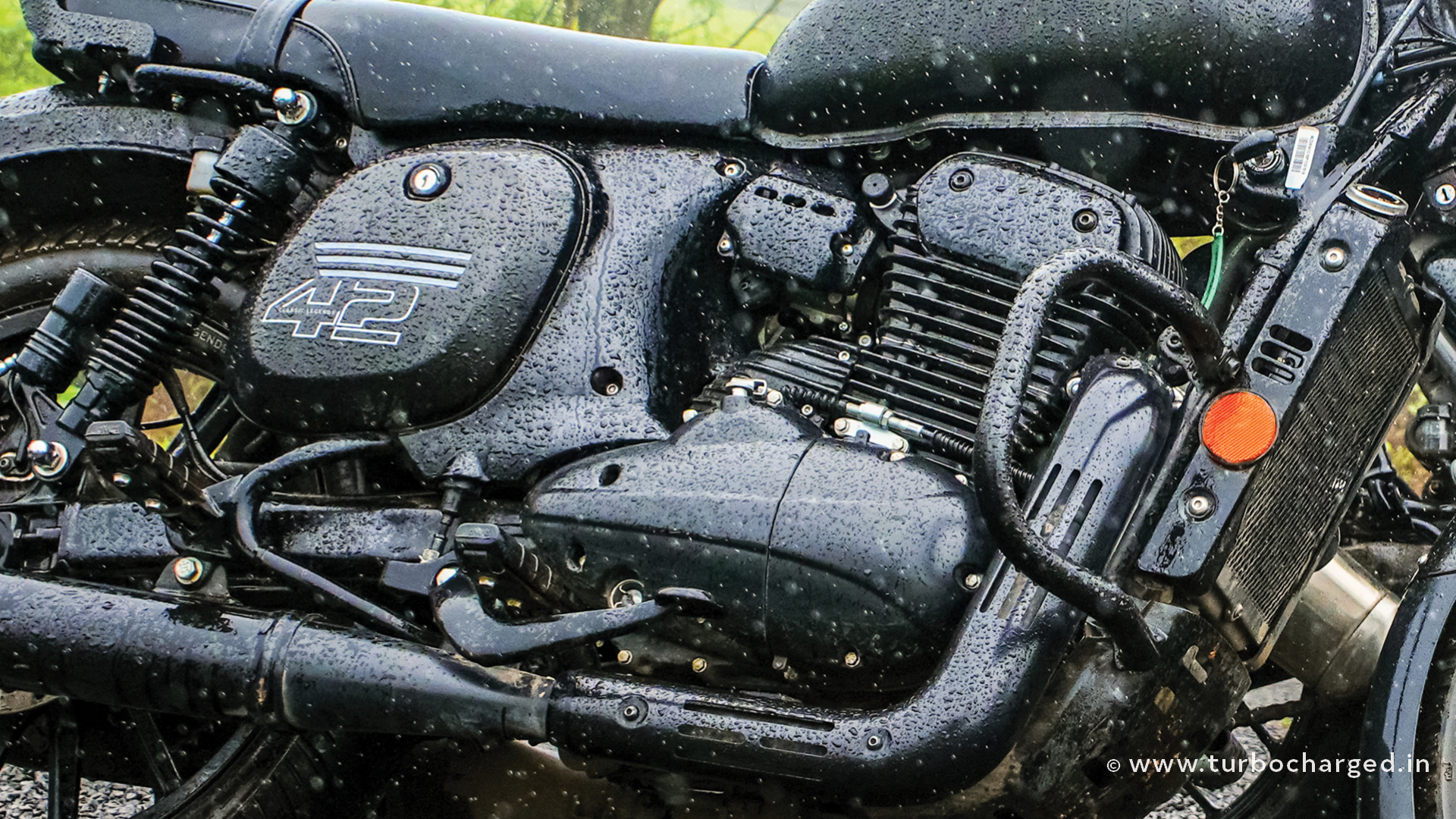
On the way back, I felt it was all going to be downhill, literally and figuratively, as this day was coming to an end, so to enliven the return trip, I asked Ben to swap bikes with me and got on the Triumph Speed 400 in the process. Ever since it launched, I had been itching to get some seat time on it, but never in my wildest imagination could I envision myself on a rain-soaked mountain road going downhill as my first chance to get acquainted with it.

The moment I got on it, the riding geometry felt just right. The clutch was featherlight, and so was the brake lever, which is a sensation I’m not used to. Yet, the brake feel was amazing, thanks to the radial calliper. The Speed 400 has a distinct big-bike feel about it, which makes it an ideal step up for someone upgrading to a mid-capacity motorcycle from a smaller one.
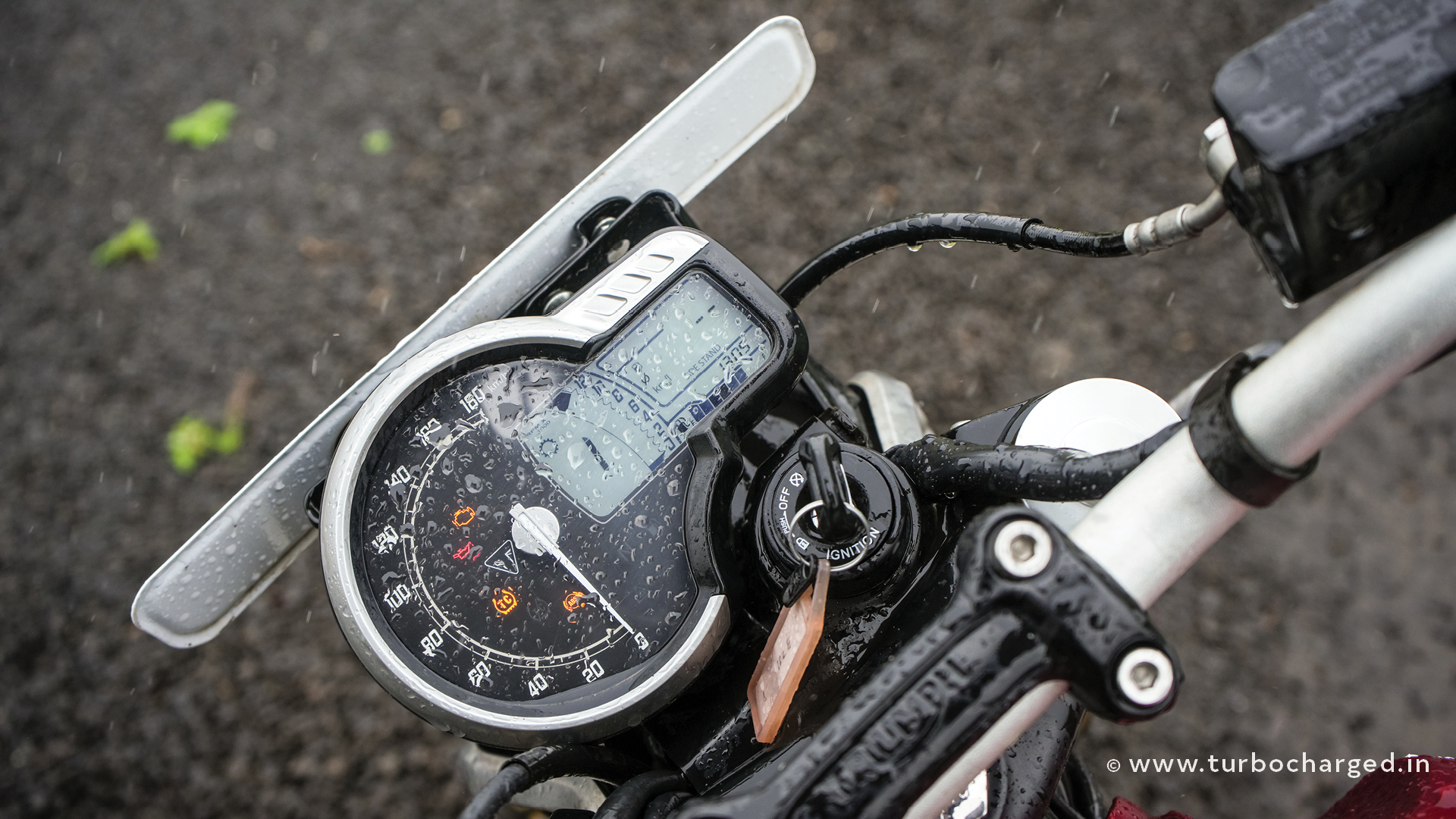
It however, is rather quick, which makes it less ideal for you to start your motorcycling journey with. The mid-range punch is exhilarating, but if the throttle is kept open, there’s an explosion of power on the higher part of the rev range, and you hit the limiter before you realise it is time to shift up. The suspension has a sophisticated feel to the damping, which was easy to experience on some of the more broken bits of tarmac we traversed.

The three motorcycles are priced quite differently, but the Hunter with a starting price of just Rs 1.5 lakh, ex-showroom, and Rs 1.75 lakh for the Rebel Blue Metro Hunter as our test bike, it offers amazing value-for-money. The Jawa is easy on the pocket too, with prices starting at Rs 1.72 lakh, ex-showroom and our Allstar Black alloy-wheel equipped example costing Rs 1.97 lakh, ex-showroom. It is also available in a plethora of combinations – spoked wheels, integrated headlamp – the Jawa is a veritable à la carte menu of how retro you want your motorcycle to be. At Rs 2.33 lakh, ex-showroom, the Speed 400 is the most expensive of the bunch, but the top-notch cycle parts, the gutsy engine and the premium cachet of the Triumph badge make it a proper value-for-money proposition.
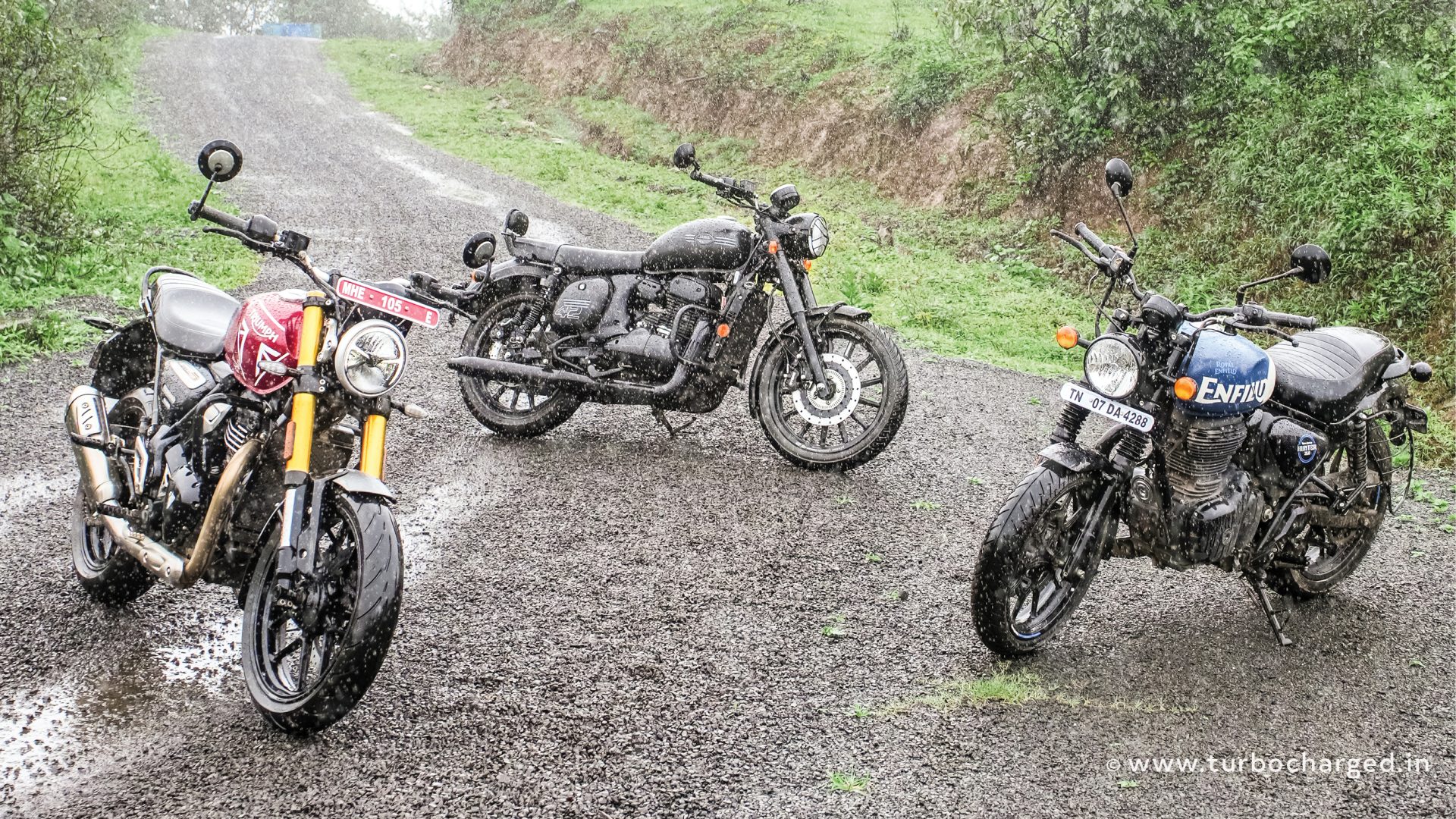
At the day’s end, standing at yet another roadside tea stall, I couldn’t help but smile, looking at the three bikes with their engines ticking cool. Regardless of which one you go for, there’s no loser here, only winners. Be it the approachability of the Enfield, the charm of the Jawa or the performance of the Triumph, these bikes will bring smiles to their owners, and at the end of the day, that’s what motorcycling is all about.


